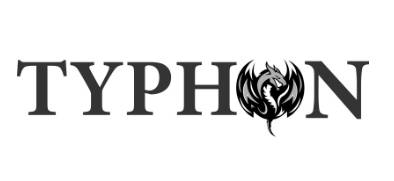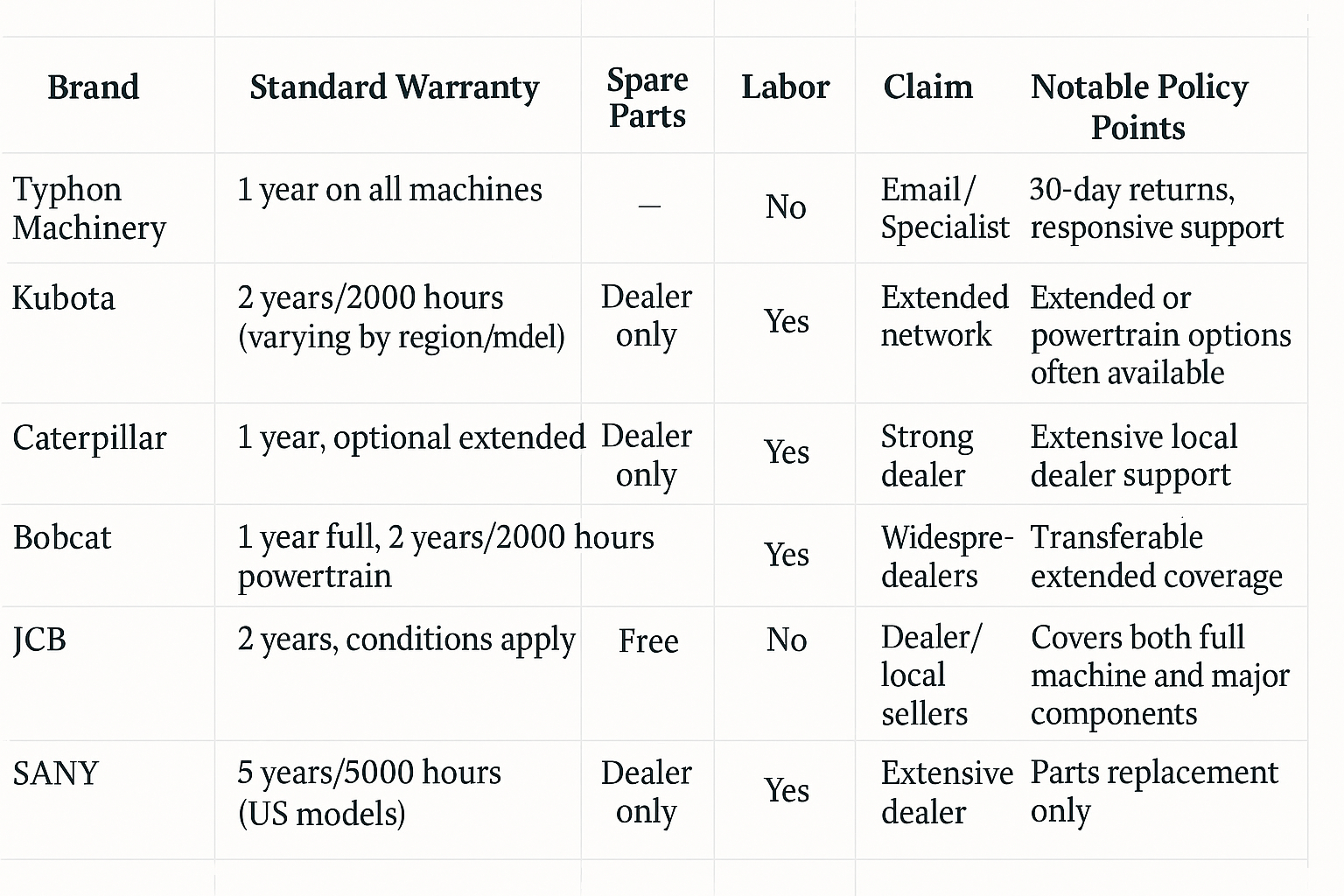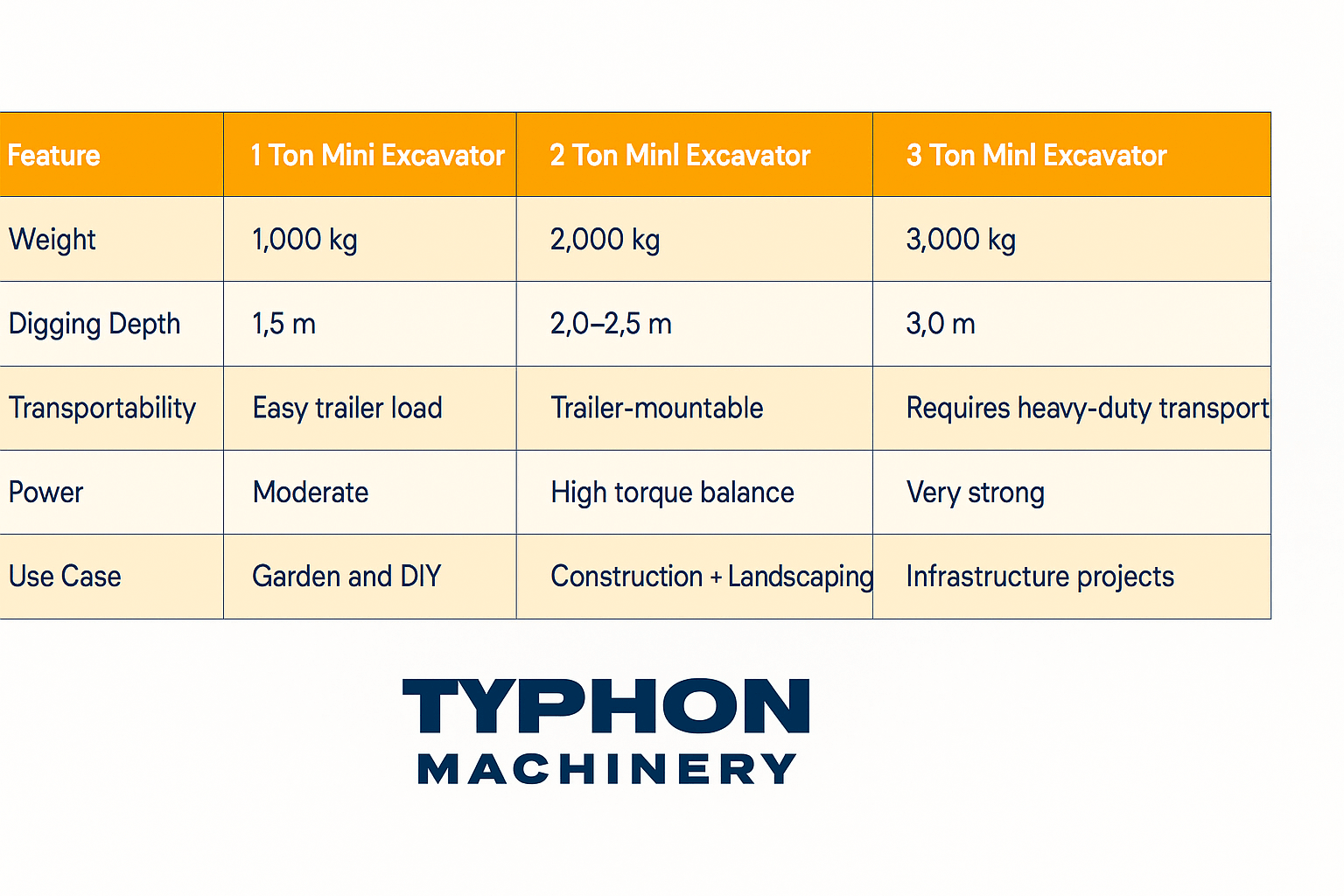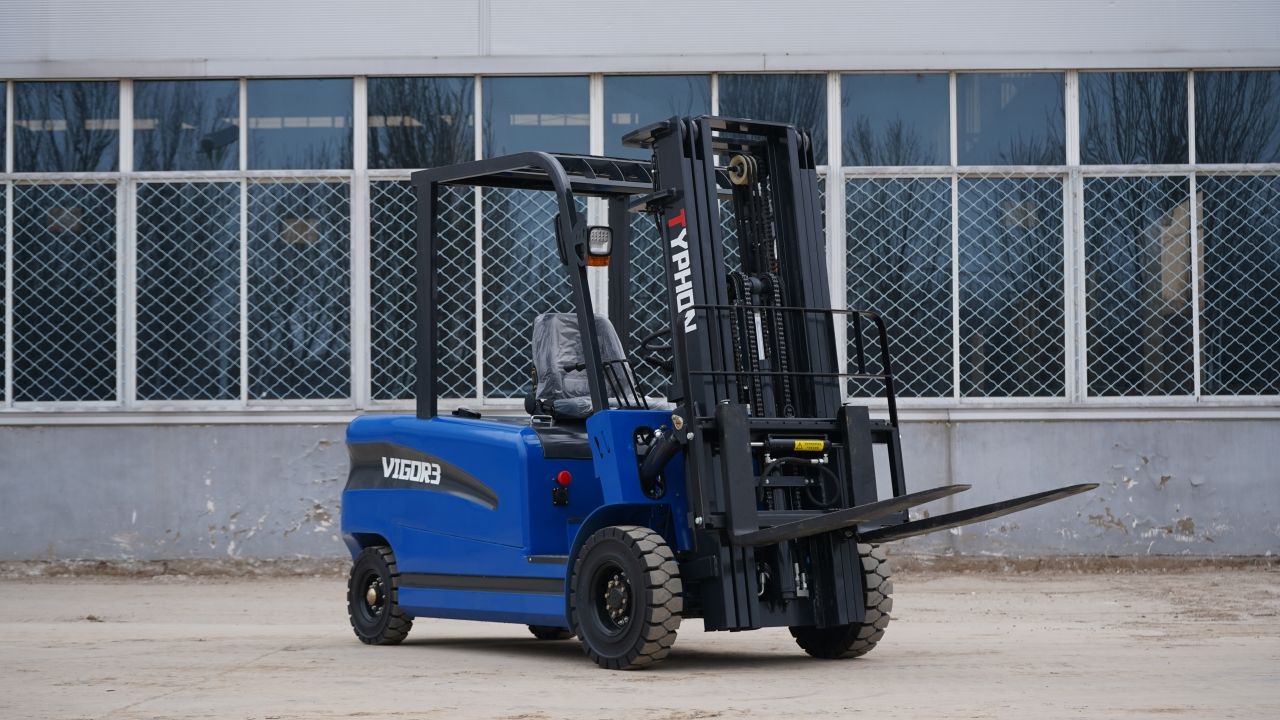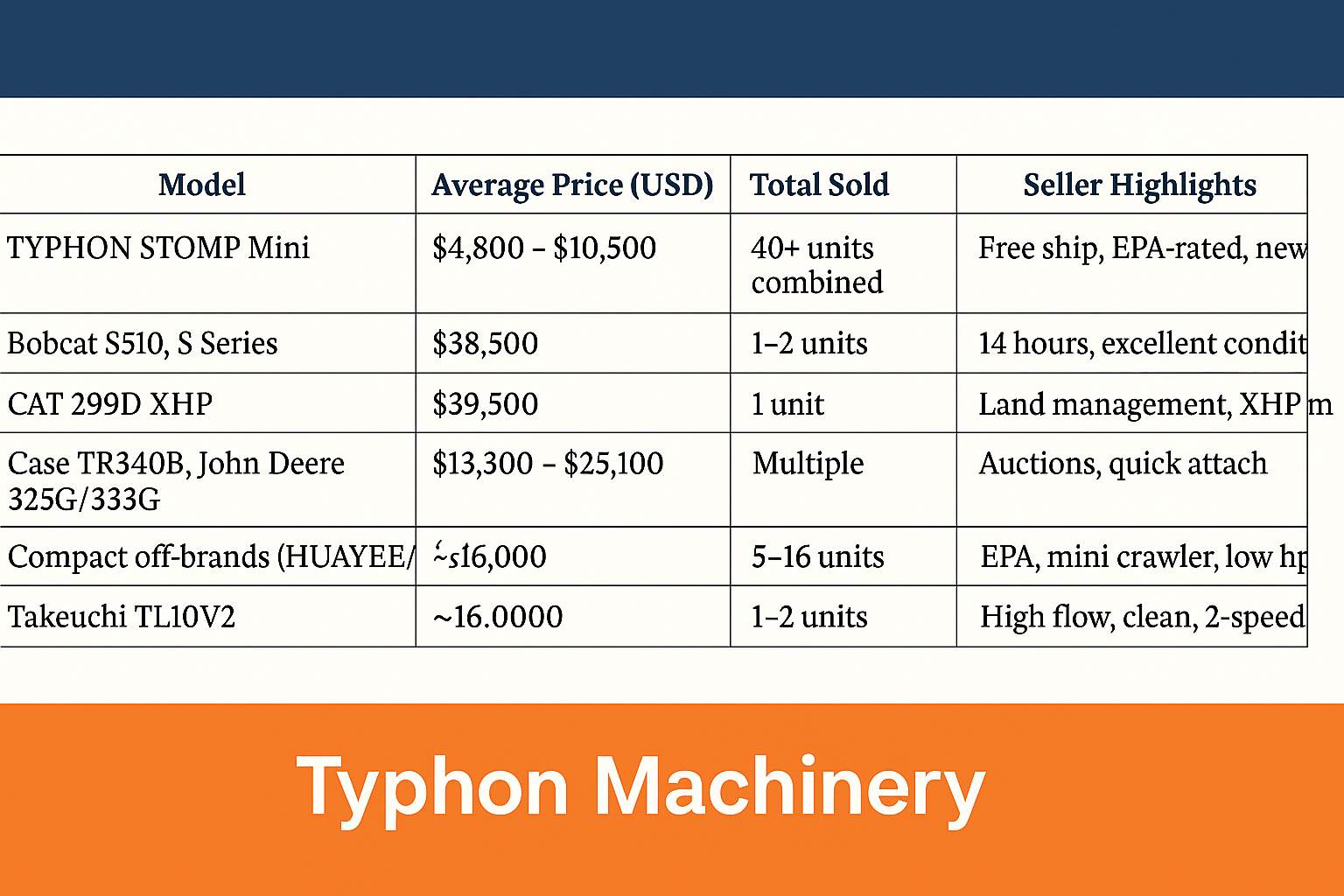Knowing the variations between top models like the TYPHON TERROR X2 and the TYPHON TERROR XVIII mini excavators can help you choose the ideal mini excavator for your landscaping or building job. Although both machines offer power and efficiency, which one actually suits your requirements? Let us dissect the main elements to enable you to decide with knowledge.
1. Horse Power
TYPHON TERROR X2 mini Excavators:
- Offers a robust 25-horsepower engine.
- Adequate for medium-scale projects and tasks requiring moderate power.
TYPHON TERROR XVIII mini Excavators:
- It packs a punch with a 13-horsepower engine.
- Ideal for less demanding jobs that require power and speed.
2. Engine Brand
TYPHON TERROR X2 mini Excavators:
- Features a reliable Perkins engine.
- Known for durability and ease of maintenance, making it a favorite among many professionals.
TYPHON TERROR XVIII mini Excavators:
- Equipped with a robust Kubota engine.
- Renowned for its superior performance and longevity, it is perfect for heavy-duty tasks.
3. Depth of Digging
TYPHON TERROR X2 mini excavators:
- Maximum digging depth of 10 feet.
- Better suited for deeper excavation needs, such as foundation work and larger drainage systems.
TYPHON TERROR XVIII mini excavators:
- Extended digging depth of 7 feet.
- Suitable for light trenching, small drainage projects, and landscaping.
4. Size
TYPHON TERROR X2 mini excavators:
- Slightly larger, weighing around 6,500 pounds.
- Offers greater stability and enhanced lifting capabilities for larger tasks.
TYPHON TERROR XVIII mini Excavators:
- Compact and lightweight design, weighing roughly 4,000 pounds.
- Excellent for navigating tight spaces and minimizing ground disturbance.
5. Retractable Tracks
TYPHON TERROR X2 mini Excavators:
- Also comes with retractable tracks but supports wider adjustments for varied terrain.
- Provides added versatility on uneven or challenging landscapes.
TYPHON TERROR XVIII:
- Includes retractable tracks for easy access to narrow passages and confined areas.
- Perfect for urban environments or projects with limited space.
Conclusion and Recommendations
Although both the TYPHON T ERROR X2 and TYPHON T ERROR XVIII are great choices, the best one will rely on the particular project requirements:
- Choose the TYPHON T ERROR X2
- if your projects demand more power, greater digging depth, and versatile terrain handling. The Caterpillar engine guarantees robust performance for heavier tasks.
Opt for the TYPHON TERROR XVIII mini Excavators
- if you prioritize compact size and need a reliable, easy-to-maintain machine for smaller projects or tight spaces. Its Kubota engine ensures longevity with moderate power.
How to Change the Bucket on Your Mini Excavator
Ensuring safety and improving the operation of your machines depend on proper maintenance of your mini excavator, particularly including the bucket. Frequent bucket changes not only increase the lifetime of your equipment but also maximize its performance for different operations. Use the following instructions for a flawless bucket swap procedure.
Importance of Regular Bucket Maintenance
Buckets perform the majority of the labor in construction; abrasives, heavy objects, and other materials are constantly around them. Timeliness of replacement and regular maintenance help to avoid needless wear on other parts and guarantee that your mini excavator runs as it should.
Step-by-Step Instructions to Remove the Old Bucket
Position the Excavator Safely:
- Park on a flat, stable surface.
- Engage the parking brake.
- Turn off the engine.
Relieve Hydraulic Pressure:
- Move the control levers several times to release any residual pressure in the hydraulic lines.
Access the Bucket Pins:
- Locate the pin locking mechanism, typically found near the bucket hinge.
- Use appropriate tools to remove locking clips or pins.
Detach the Bucket:
- Carefully lower the bucket to the ground.
- Slowly retract the bucket arm to disengage the bucket from the quick coupler or pin.
Selecting the Right Replacement Bucket
Choosing the right bucket is crucial for optimal performance. Consider the following:
Job Requirements:
- For digging, choose a trenching or digging bucket.
- For grading or leveling, a grading bucket is best.
Material Type:
- For rocky terrains, opt for a heavy-duty bucket.
- For soft soils, a lightweight bucket will suffice.
Attaching the New Bucket Securely
Align the New Bucket:
- Position the new bucket under the coupler arm.
- Ensure it’s level and properly aligned with the arm.
Install the Bucket Pins:
- Insert the pins into the hinge openings.
- Secure with locking clips or pins, ensuring they’re tightly fastened.
Test the Bucket Movement:
- Gently operate the arm to ensure smooth movement.
- Check that the bucket doesn’t wobble or shift during operation.
Inspecting the Bucket and Hydraulic Connections
Visual Inspection:
- Check for visible wear and tear, particularly around hinges.
- Inspect hydraulic hoses for leaks or damage.
Functional Testing:
- Operate the bucket through its full range of motion.
- Listen for unusual noises indicating misalignment or loose parts.
Conclusion
Keep in mind that for your particular mini excavator model, always follow manufacturer recommendations. Frequent maintenance inspections and quick bucket changes improve job site safety and performance in addition to extending equipment life. Stay safe and maintain the best condition of your machines!
